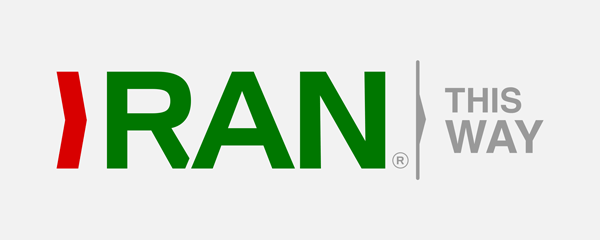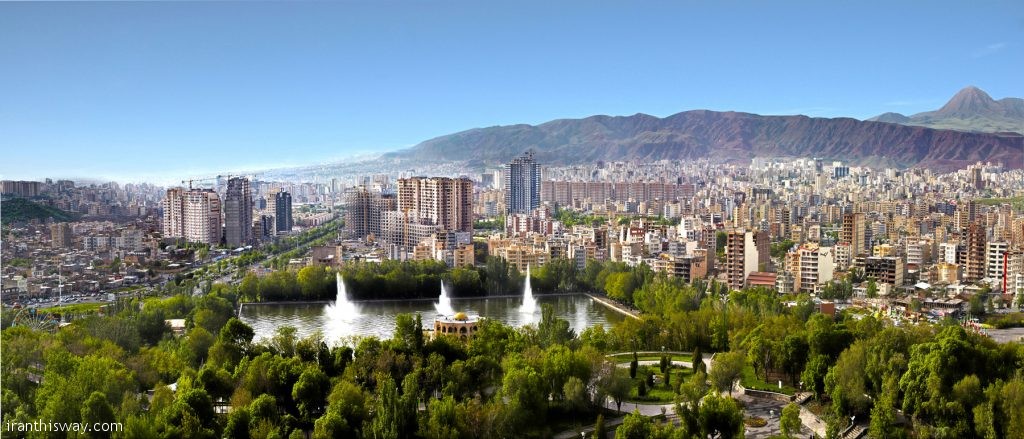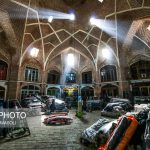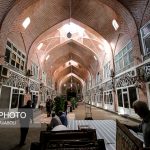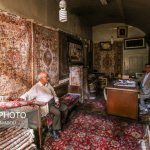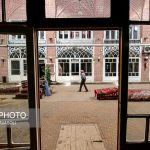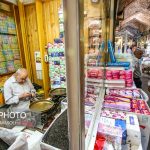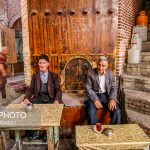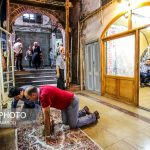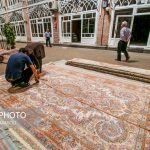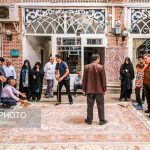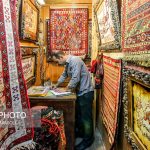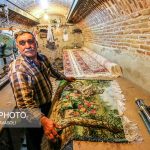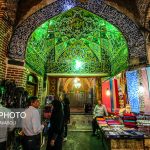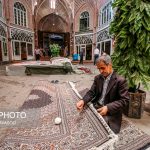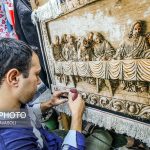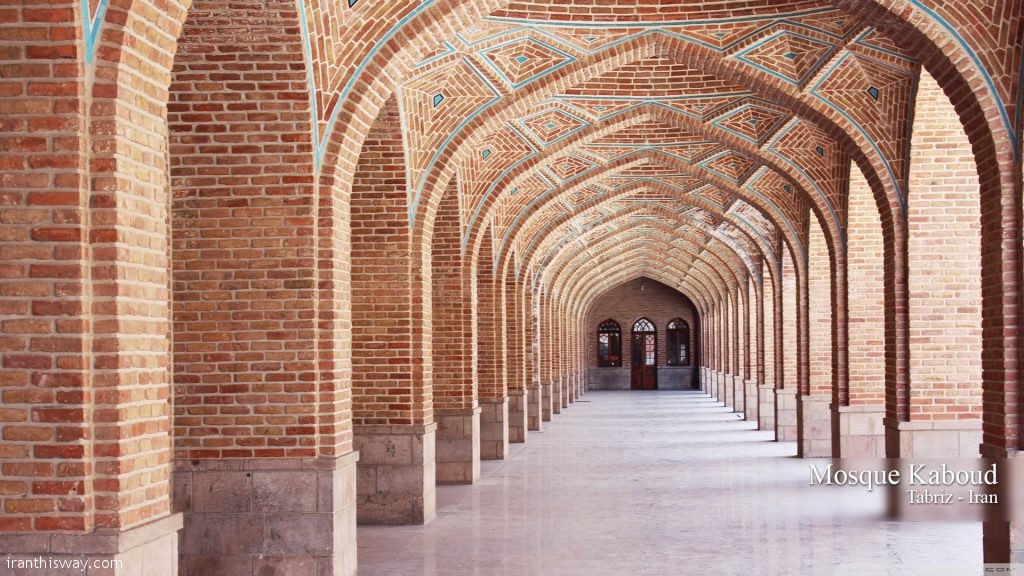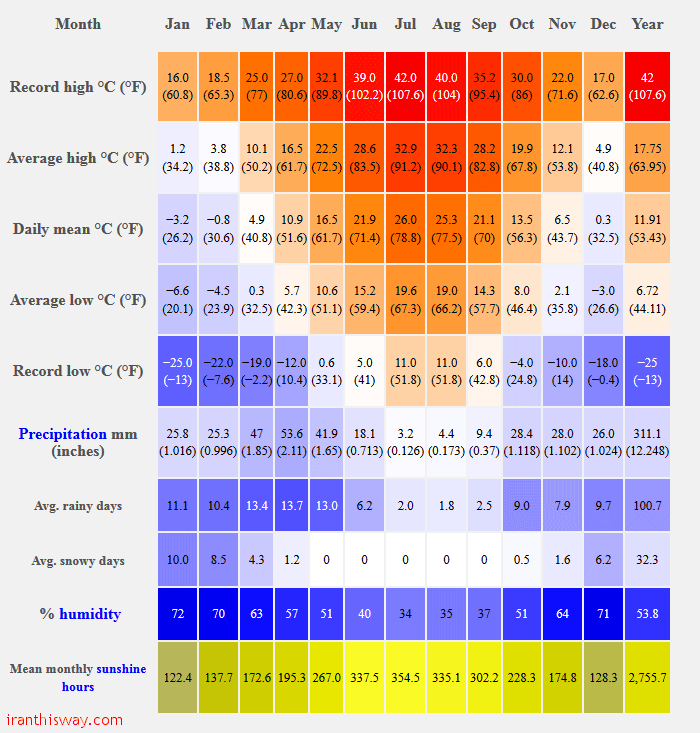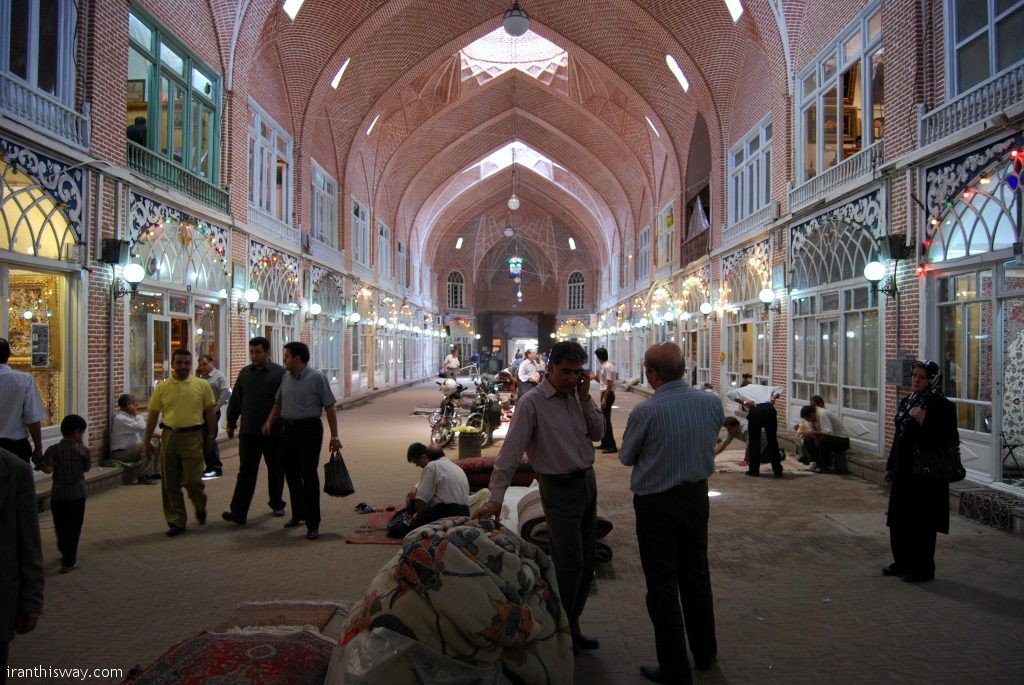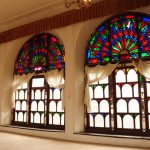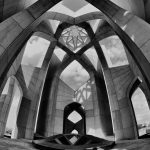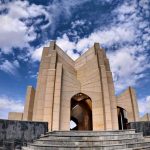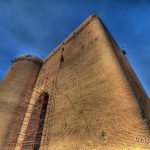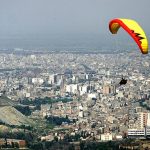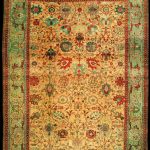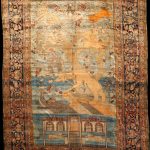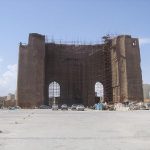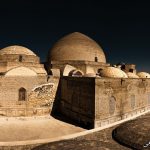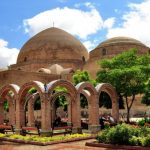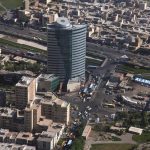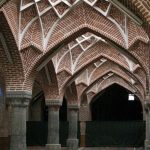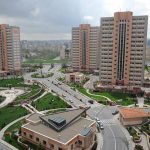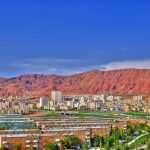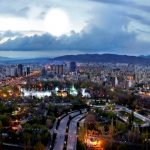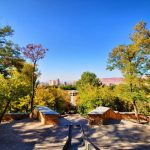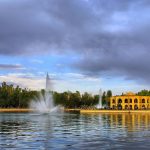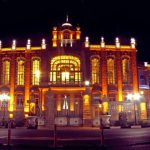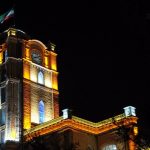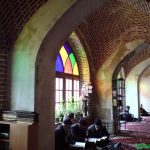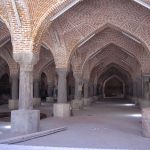Welcome to Tabriz
Tabriz, the capital city of Iranian province of East Azerbaijan with a population around 1,500,000 lies at 46.13 east and 38.8 north with an altitude of 1363 meters above sea level. The temperature varies between +38oC and –15oC.
The city is located on the intercontinental highway in vicinity to the Republics of Azerbaijan, Turkey and Armenia. Tabriz for a long time lay on a major trade route between the West and Asia and for many centuries it was a flourishing center of commercial trade. Outside Tabriz, there is a lot of attractive countryside with hills, valleys and mountains that can be reached quickly and easily. These hills are summer and winter resorts
Historical city of Tabriz or “Tauris” as Europeans would call in old times is widely believed to be one of the most ancient cradles of civilization in Azerbaijan and Iranian plateau. It was the capital of Atropatene, named after Atropates, one of the generals of Alexander the Great. We know from the discovered historical documents that the name; Tauris, for the first time, has been mentioned in an epigraph inscribed on an old stone tablet considered as belonging to Sargon (II), king of Assyria (714 BC). In this ancient inscription, the king reports of a strong castle called “Tauroei”Today most archaeologists and historians believe this castle was situated on the site of the present city of Tabriz.
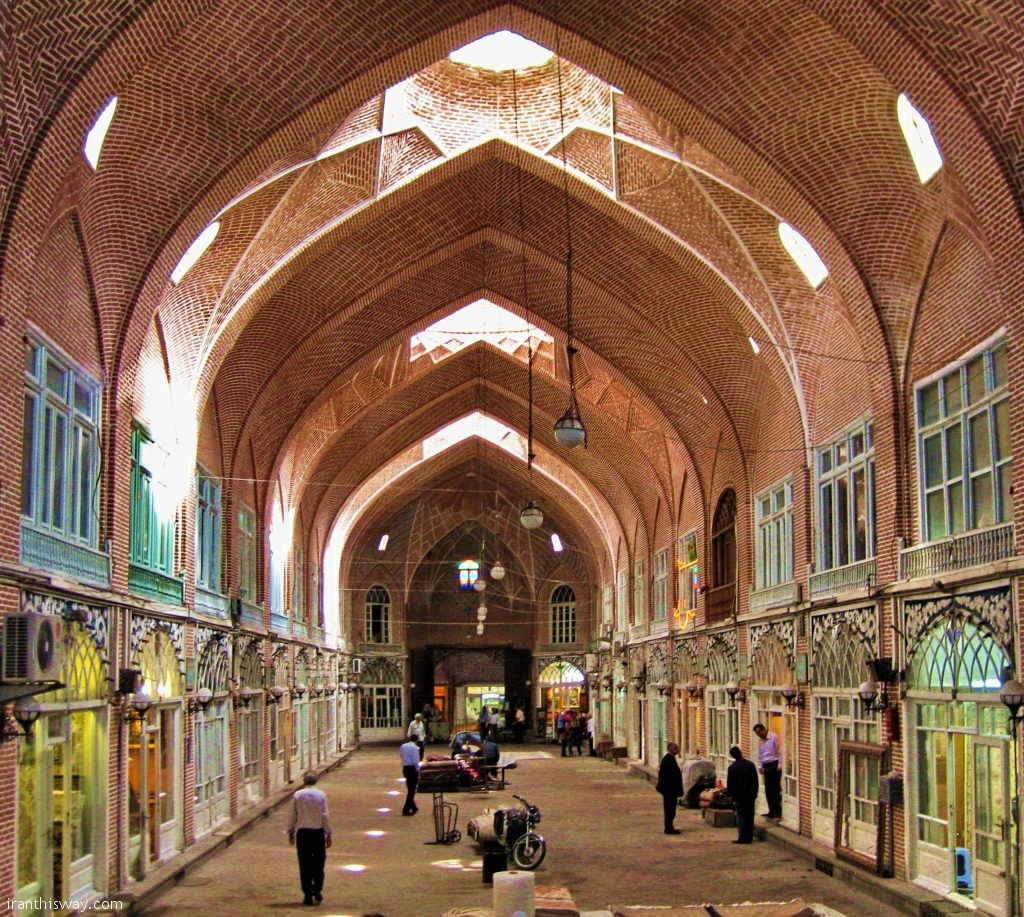
On the strength of the writings of some famous historians, researchers, and travelers such as Marco Polo, Chevalier Chardin, Harold Lamb, Iean Babtiste Tavernier and Ebne Batute, the old city of Tabriz with a population exceeding 1.2 million in the Middle Ages, was one of the biggest, richest and most important centers of commerce in the world. According to some other reports, there were as many as 200,000 residential houses in the city of Tabriz at the time.
Tabriz Historic Bazaar +Photo
The city lies within an active earthquake belt; as a result of this inescapable situation it has suffered severely over the centuries. It was re-built in 791 AD after being devastated by a catastrophic earthquake but similar disasters followed in 858, 1042, 1721 and 1780, to claim the life of thousands of people, leaving a completely ruined city.
Near the end of 13th century, Tabriz became the capital of Mongol IL-Khan empire. Marco Polo, who visited the city in 1270, called “Tauris” (Tabriz) a great and noble city. In 1392 it was occupied by Timor (Tamerlane), a Turkic conqueror and some decades later the Kara Koyunlu Turkmen made Tabriz their capital. Early in the 16th century it was briefly the capital of Safavid dynasty of Iran until 1548, when Shah Tahmasb (I) moved his capital to Qazvin. The city ,however, lay directly in the path of the warring armies of Iran and the Ottaman empire; thus frequently suffered heavy loses. Due to these ever-present unstable conditions, the city failed to regain it’s early prosperity, although during the 19th and early 20th centuries it was traditional for the crown princes of the Qajar dynasty to live in Tabriz.
Among the cities of Iran, perhaps none is as renowned as Tabriz. Specially after the beginning of the constitutional era, when it achieved all those heroic victories in those revolutionary movements, Tabriz gained more prominence both in Iranian and European newspapers. Constitutional Revolution originated in Tabriz and culminated during the reign of Mohammad Ali Shah of Gajar Dynasty (1779-1925). Sattar Khan and Bager Khan were the two most prominent leading figures behind the movement. The name Tabriz, has been one of the most famous terms in Iran’s geography and in each century it’s name has been synonymous with momentous historic events.
With a very rich history, Tabriz used to house many historical monuments.
Unfortunately many of them were destroyed in wars, natural disasters such as earthquakes and floods, as well as negligence of the ruling governments. There are, however, still remains of several historical monuments for visitors dating back to the Ilkhanids, Safavids, and the Qajars, such as Ark Alishah (1316-1335), Kabud Mosque (1465), Bazar, promenade Elgoli with it’s lake and building, city hall and some other interesting places. Tabriz is also famous for it’s handicrafts (especially Azerbaijan artistic carpets). There is an archaeological and handicrafts museum in which antiquities from Azerbaijan and other areas are on display.
It is worth mentioning that in the course of it’s long historical presence of more than 3000 years, Tabriz, though has experienced a great many tragic events and misfortunes such as earthquakes, floods and bloody wars; it has, however, patiently maintained it’s existence throughout the history of mankind in the face of hardships and adverse conditions as before.
Climate data for Tabriz
Shopping
Shopping centers are mostly located in city center, including Grand Bazaar of Tabriz, pedestrian malls on Tarbiyat street, Shahnaz street and Ferdowsi street. Also, there are some malls and a lot of elegant & luxurious boutiques of jewelry, rugs, clothes, handcrafts, confectionery and nuts, home appliances and so on in Abressan intersection, Roshdiyeh and Valiasr districts, the most famous of which is Laleh Park shopping center .
Tabriz Bazaar
The magnificent, labyrinthine covered bazaar covers some 7 sq km with 24 separate caravanserais and 22 impressive timchehs (domed halls). Construction began over a millennium ago, though much of the fine brick vaulting is 15th century. It is a Unesco World Heritage Site. There are several carpet sections, according to knot-size and type. The spice bazaar has a few shops still selling herbal remedies and natural perfumes. A couple of hat shops (Bazaar Kolahdozan) sell traditional papakh (Azari hats, from US$12) made of tight-curled astrakhan wool. Other quarters specialise in gold, shoes and general household goods.
For such a huge construction, the bazaar is surprisingly easy to miss. A useful entrance is the second narrow passage east of the tourist information office. This takes you into the jewellery section
Likewise, there are seasonal/occasional shopping fairs opened mainly in Tabriz International Exhibition Center too.
Tabriz International Exhibition Center
Tabriz International Exhibition Center which is located in eastern part of the city holds tens of exhibition based on yearly schedule. The most famous fair is TEXPO which is a general trade fair and established on 1992 and normally holds on August 4–9 every year.
Tabriz Panorama Photo
Blue Mosque
Tabriz Hotel Pars El Goli Elgoli Tabriz Hotel
Entrance of Amir Tymcheh
Tabriz Carpet Bazaar
Bazaar Tabriz Aga Khan Award For Architec
Qajar Museum (Amir Nezam House)
Tabriz Photo Gallery
Sights in Tabriz
Tabriz Bazaar
Kabud (Blue) Mosque
Azarbayjan Museum
Arg-e Tabriz
Poets’ Mausoleum
Constitution House
Edifice
Qajar Museum
Museum of Measurement
